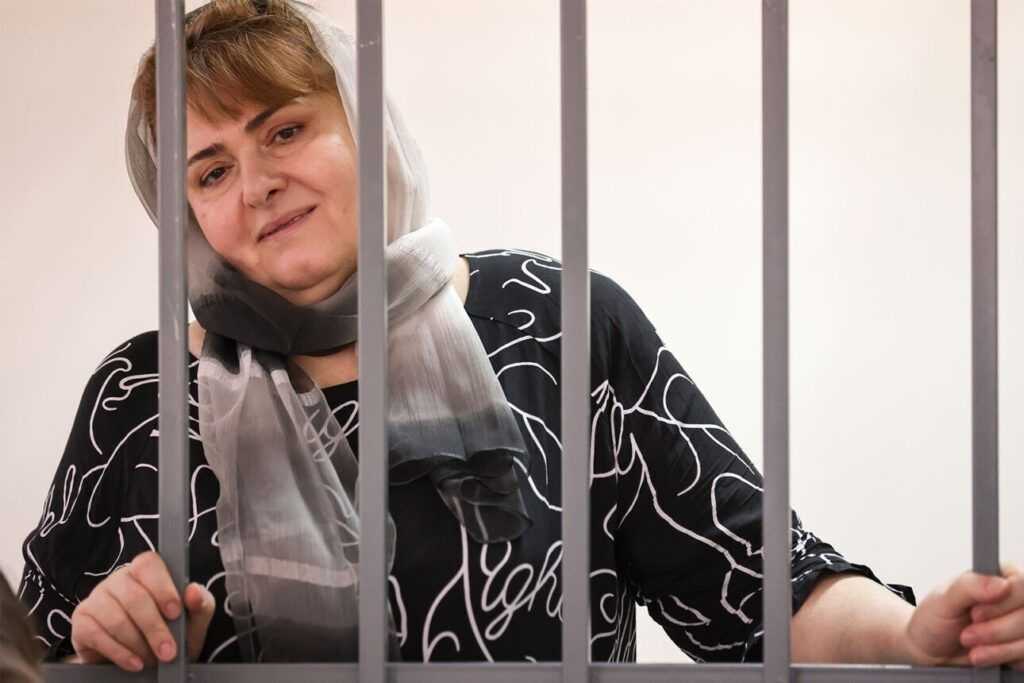
According to data from the Caucasus Barometer Survey, a majority of Georgians support protests. In comparison, while over half of the Armenian population is in favour of protests, support has been on the decline since 2019.
Protests in the South Caucasus have intensified recently, particularly in Georgia, where demonstrations have surged since the ruling Georgian Dream party first introduced the controversial Foreign Agent Law in 2023. Over the past year in Georgia, protests have occurred almost daily, particularly since the government’s November 2024 announcement that it was halting the country’s EU accession bid. Similarly, Armenia has witnessed significant protests between 2017 and 2024, driven by political revolution and war.
Data from the Caucasus Barometer Survey shows that until 2021, public support for protest participation was consistently higher in Armenia than in Georgia. In 2021, attitudes were similar, but in 2024, more people in Georgia believed that people should participate in protests than those in Armenia.
In Georgia, support for protest participation declined between 2008 and 2011. In 2012, it surged by 22 points, with data collection taking place after prison abuse scandals — which showed the humiliation, torture, and inhumane treatment of prisoners — and parliamentary elections that year. In subsequent years, attitudes slowly rose and reached a stable point in 2017, after which there has been little change in attitudes.
In Armenia, support fluctuated between 2008 and 2012 and then stabilised between 2013 and 2019. Since then, however, support has decreased sharply, falling to 50% in 2024 from 71% in 2019.
A regression analysis of 2024 data demonstrates that attitudes vary among different social and demographic groups.
Gender and education were significant predictors of supporting protest in Armenia. Men were more likely than women to have a positive attitude towards participating in protests by 16 percentage points.
People with tertiary education were 22 percentage points more likely to support protest participation compared to those with secondary or lower education, and 10 percentage points more likely to support protests than individuals with secondary technical education.
People in Yerevan were more likely to support participation in a protest than people who live in rural or urban areas, where the probability of supporting protests was almost equal.
In Armenia, younger people (18–34) were more likely to support protests than older people (55+).
Wealth, partisanship, and employment did not predict attitudes in Armenia.
In Georgia, the data shows that people were more likely to support protests than oppose them across settlement types. At the same time, individuals who live in the capital were more likely to have positive attitudes toward protests than people in other urban or rural areas.
The data also varied across age groups, with young people (18–34) being substantially more likely to support protests than those who are 55 and older.
Those who support Georgian Dream were less likely to have a positive attitude toward protests than individuals who do not support any political party. People who support the opposition and those who refused to report which party they support had similar attitudes to individuals who did not support any party.
Employment was also a factor, with employed individuals more likely to support protest participation than those who were not employed.
Gender and wealth were not associated with attitudes towards protests in Georgia.
Support for protests is generally high in both Georgia and Armenia, though on the decline in Armenia. Across both countries, younger people are more inclined to support protests.
The analysis in this article makes use of logistic regression analysis. The analysis includes gender (male and female), settlement type (capital, urban, and rural), age group (18–34, 35–54, and 55+), education (secondary and lower, secondary technical, and higher than secondary), a wealth index (0–13), employment (employed and unemployed) and partisanship (no party, Georgian Dream, opposition, and refused to answer) as predictor variables.
Tamar Uzunashvili is a Junior Fellow at CRRC Georgia. The views expressed in this post do not necessarily reflect the views of CRRC Georgia or any related entity.









